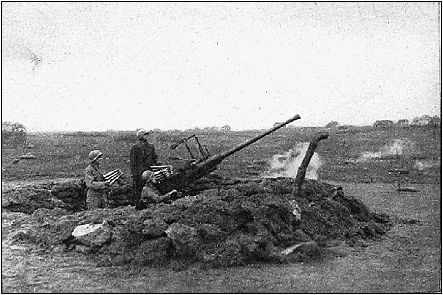
On June 10th, Maj. Gen. Matthew B. Ridgway's 82d Airborne Division pushed across the
Merderet River in one of the most daring attacks of the campaign and succeeded in contacting
elements of the division which had been isolated in that area since D-Day. Two days later the
101st Airborne Division captured Carentan, lost it in the face of a strong enemy counterattack,
then retook it and established contact with troops of the V Corps east of that city.
In the face of overwhelming Allied air superiority, the German Air Force was unable to
operate except in small nuisance flights, chiefly at night.
Interrogation of prisoners revealed that troops arriving to reinforce the three enemy
divisions initially contacted by units of the VII Corps had had great difficulty in transit. Attacks
of Ninth Air Force fighter-bombers had decimated whole units moving by rail or motor, and
heavy and medium bombers had heavily and repeatedly bombed key railroad yards and road
centers. French patriots added to the confusion behind the German lines by sabotaging
communications and transportation, cutting telephone lines, blowing up bridges on roads and
railways, ambushing convoys, and destroying precious fuel.
To prevent the arrival of additional reinforcements for the Cherbourg defenders and to
forestall any orderly withdrawal of troops from the Cherbourg area, the VII Corps attacked west
across the base of the peninsula. The 90th Infantry Division met stubborn resistance as it led off
this attack, but the drive gained momentum with the commitment of the 82d Airborne and 9th
Infantry Divisions. On the evening of June 17th, the troops of Maj. Gen. Marton S. Eddy's 9th
Division reached the west coast near Barneville sur Mer, isolating the enemy forces on the
Cotentin Peninsula.
Anti-aircraft guns like this 40 mm Bofors protested
the Corps in England and on the continent.